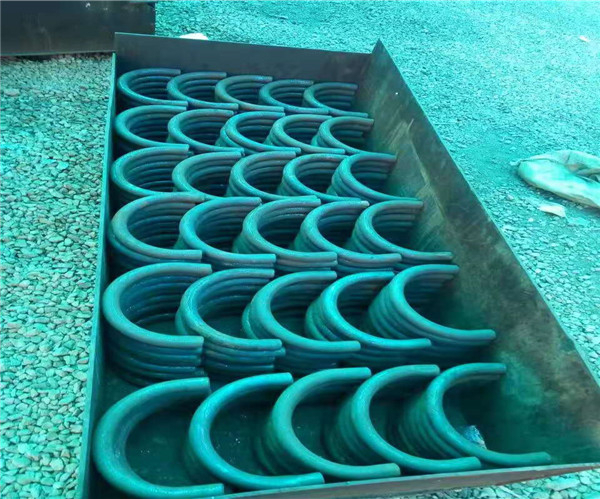
Stainless steel seamless steel pipe is a long steel with a hollow section and no joints on the periphery. It is a steel pipe resistant to corrosion by weak corrosive media such as air, steam, and water, and chemical corrosive media such as acid, alkali, and salt. Also known as stainless acid-resistant steel pipe.
Features:
First, the thicker the wall thickness of the product, the more economical and practical it is. The thinner the wall thickness, its processing cost will rise significantly; secondly, the product’s process determines its limited performance. The seamless steel pipe has low precision: uneven wall thickness, low brightness on the inside and outside of the pipe, high cost of sizing, and there are pits and black spots on the inside and outside that are not easy to remove; third, its detection and shaping must be processed offline. Therefore, it embodies its superiority in terms of high pressure, high strength, and mechanical structure materials.
Stainless steel seamless pipes are steel pipes that are resistant to weak corrosive media such as air, steam, and water, and chemical corrosive media such as acids, alkalis, and salts. Also known as stainless acid-resistant steel pipe.
The corrosion resistance of stainless steel seamless pipes depends on the alloying elements contained in the steel. Chromium is the basic element for the corrosion resistance of stainless steel. When the chromium content in the steel reaches about 12%, the chromium interacts with the oxygen in the corrosive medium to form a very thin oxide film (self-passivation film) on the surface of the steel. , Can prevent further corrosion of the steel matrix. In addition to chromium, the commonly used alloying elements for stainless steel seamless pipes include nickel, molybdenum, titanium, niobium, copper, nitrogen, etc., to meet the requirements of various uses for the structure and performance of stainless steel.
Stainless steel seamless pipe is a hollow long round steel, widely used in petroleum, chemical, medical, food, light industry, mechanical instrumentation and other industrial pipelines and mechanical structural parts. In addition, when the bending and torsion strength are the same, the weight is lighter, so it is also widely used in the manufacture of mechanical parts and engineering structures. It is also often used to produce various conventional weapons, barrels, and shells.